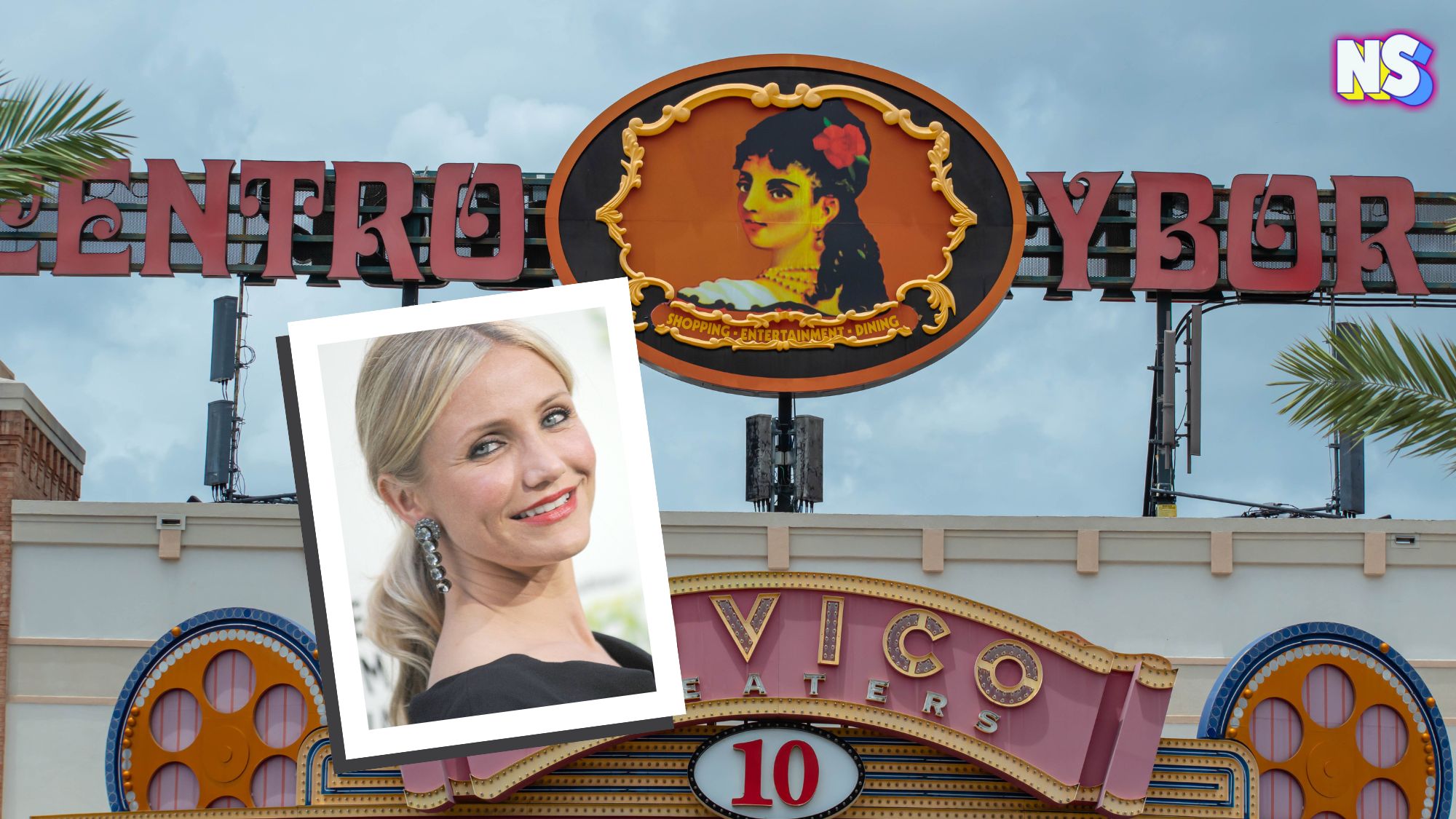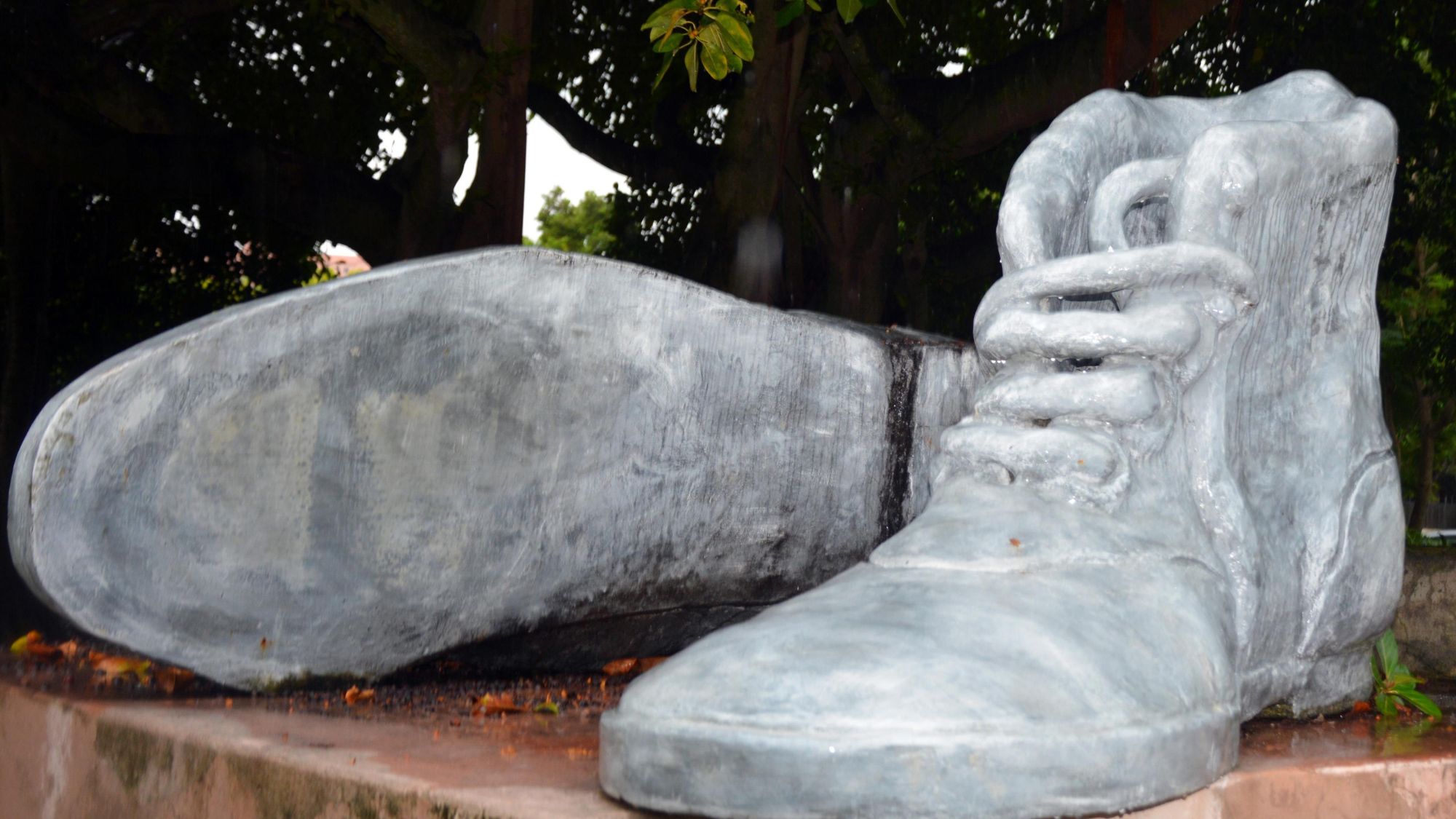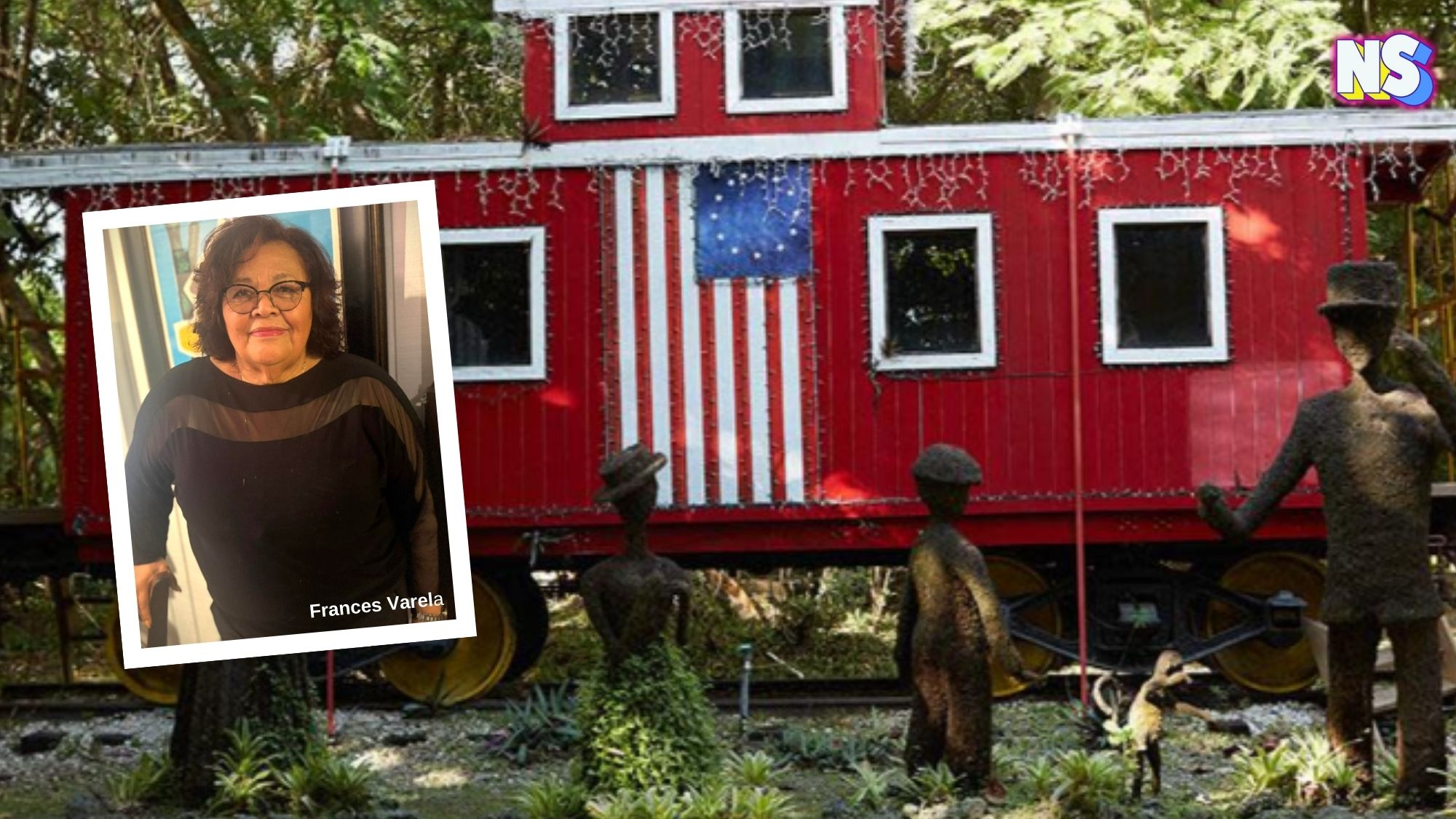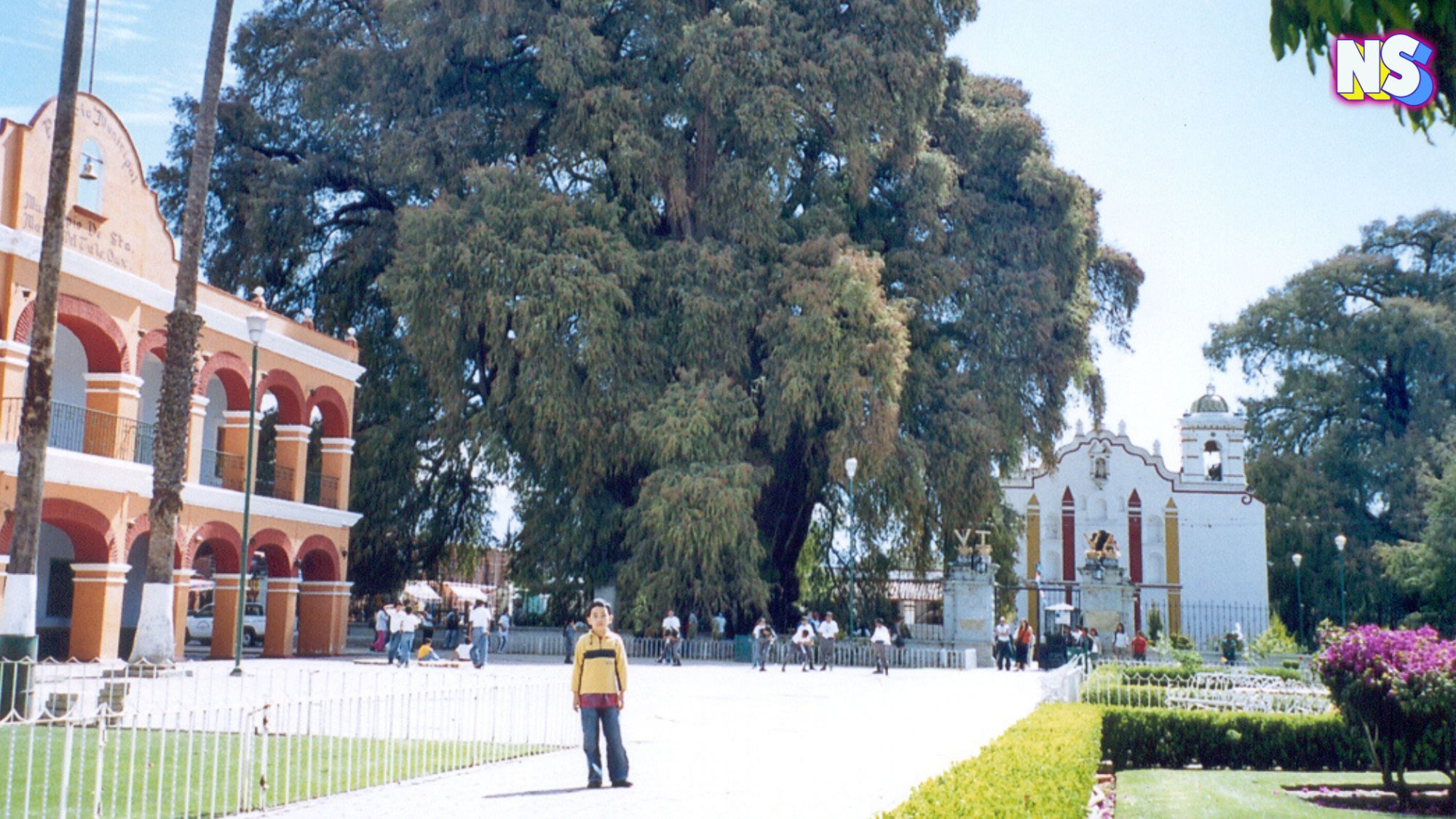When you think of Cuban-American culture, your brain probably jumps to Miami and its internationally-known beaches and always-booming salsa music. But way before the Castro Revolution made Miami the unofficial Cuban capital in the United States, there was another Florida city full of the island’s flavors. That place? Tampa. Specifically, a neighborhood called Ybor City, an industrial, cigar-scented melting pot where Cuban immigrants helped roll both cigars and history. And the latest person to remind us of that rich legacy? Cameron. Freakin’. Diaz.
“My family … went to Tampa and were cigar rollers,” Diaz explained. “That was the first Cuban settlement before Miami, outside of Cuba, was in Tampa, Florida, in a place called Ybor City.”
Yes, this is the same Cameron Diaz who head-butted Tom Cruise in the movie “Knight and Day” and danced in her underwear in the iconic film franchise “Charlie’s Angels.” The star casually dropped a genealogy bomb in an interview currently making the rounds on YouTube and Instagram. “My father was Cuban,” she said in the decade-old interview. “Spanish via Cuba to Tampa, Florida, where my family came many generations ago, back at the turn of the century, (during the) Spanish American war.”
Wait, what? Tampa? Cubans? Cigar rollers? Let’s roll back the history.
Ybor City: The Cuban-American Story You Never Learned in School
Ybor City (that’s pronounced “EE-bor”) was founded in the 1880s by cigar manufacturers and quickly became the heart of the American cigar industry.
“At the turn of the 20th century, nowhere in the United States was as famous for its cigars as Tampa’s Ybor City, which was once known as the ‘Cigar Capital of the World,’” the National Park Service (NPS) writes.
Thousands of Cuban immigrants, along with Spanish, Italian, and German workers, flocked there to work in the booming cigar factories. By 1900, it was the spot for high-quality, hand-rolled cigars. The factories were so central to the city’s identity that they operated like mini-civilizations. They had highly educated readers, called lectores, who sat in the factories reading newspapers and novels out loud while the workers rolled cigars, an early version of an audiobook-slash-union meeting.
And Cameron’s family? They were part of it.
“My family were cigar rollers,” she said. “I have all of my great-grandfather’s cigar presses and choppers and everything.”
That’s not a metaphor. She literally owns the tools her ancestors used to make a living and shape a city.
Before Miami’s Mansions, There Was Ybor’s Sweat, Tobacco, and Heritage
While Miami’s Cuban identity largely emerged after the 1959 Castro revolution, Tampa’s Cuban roots stretch back to the days of Teddy Roosevelt and yellow fever. And Diaz’s Cuban-American story is one of labor, tradition, and the grind of daily life in a factory town now preserved by the U.S. government.
“The Ybor City Historic District is a National Historic Landmark located northeast of Tampa’s downtown, NPS writes. “The district contains more than 950 historic buildings and structures built during its peak industrial years. Ybor City’s vibrant character, preserved best in the 7th Avenue Commercial Strip, is defined by the community’s blend of cultures from European, Asian, and Cuban immigrants who settled there to support the region’s once-booming cigar industry brought to Tampa in the late 19th and early 20th centuries.”
The city boomed as a result of a government policy making headlines lately: tariffs.
“It was new American tariffs on imported cigars and political trouble in Cuba that compelled Cuban cigar manufacturers to build factories in the United States in the latter part of the 19th century,” NPS explains.
RELATED POST: How the Cuban Cigar Became Elusive
And Diaz’s family was part of it. “I grew up with the Cuban heritage, the Cuban culture, the food, the language,” Diaz said. “Although I don’t speak Spanish … I can barely speak English, honestly,” she joked.
Classic Cameron Diaz, mixing reverence with self-deprecating charm. But her words shine a light on a broader truth: you don’t need to be fluent in a language to feel the heartbeat of your culture. And now, millions of fans know that her cultural upbringing has roots in the cigar town of Ybor City.
Why Cameron Diaz’s Story Matters
Until the 2011 interview started making the rounds on social media, most people didn’t even know Cameron Diaz was Latina. But that’s not a surprise. The Hollywood landscape, especially that of the 1990s and early 2000s, often erased, or overlooked, multiracial and multiethnic identities. But now, Diaz’s story reminds us of just how diverse Latin American stories in the U.S. really are. There’s so much history lying under the surface. Plus, her newly-revealed story also re-centers Tampa in the Cuban-American narrative.
For decades, Tampa’s Ybor City was the quiet heartbeat of Cuban life in the U.S. There were Cuban newspapers, mutual aid societies, and domino games happening way before they popped up on Miami’s Calle Ocho. Even today, Ybor City still has a few cigar factories where hand-rolling remains an art form.
So next time someone says “Cuban Americans,” and you hear them start to say “Miami,” kindly interrupt with: “Actually, did you know Cameron Diaz’s family helped roll cigars in Tampa at the turn of the century?” Then casually sip your cafecito and pretend you’ve always known this. Because thanks to Cameron, now you do.
Feature images of Cameron Diaz and Ybor City courtesy of Deposit Photos.





